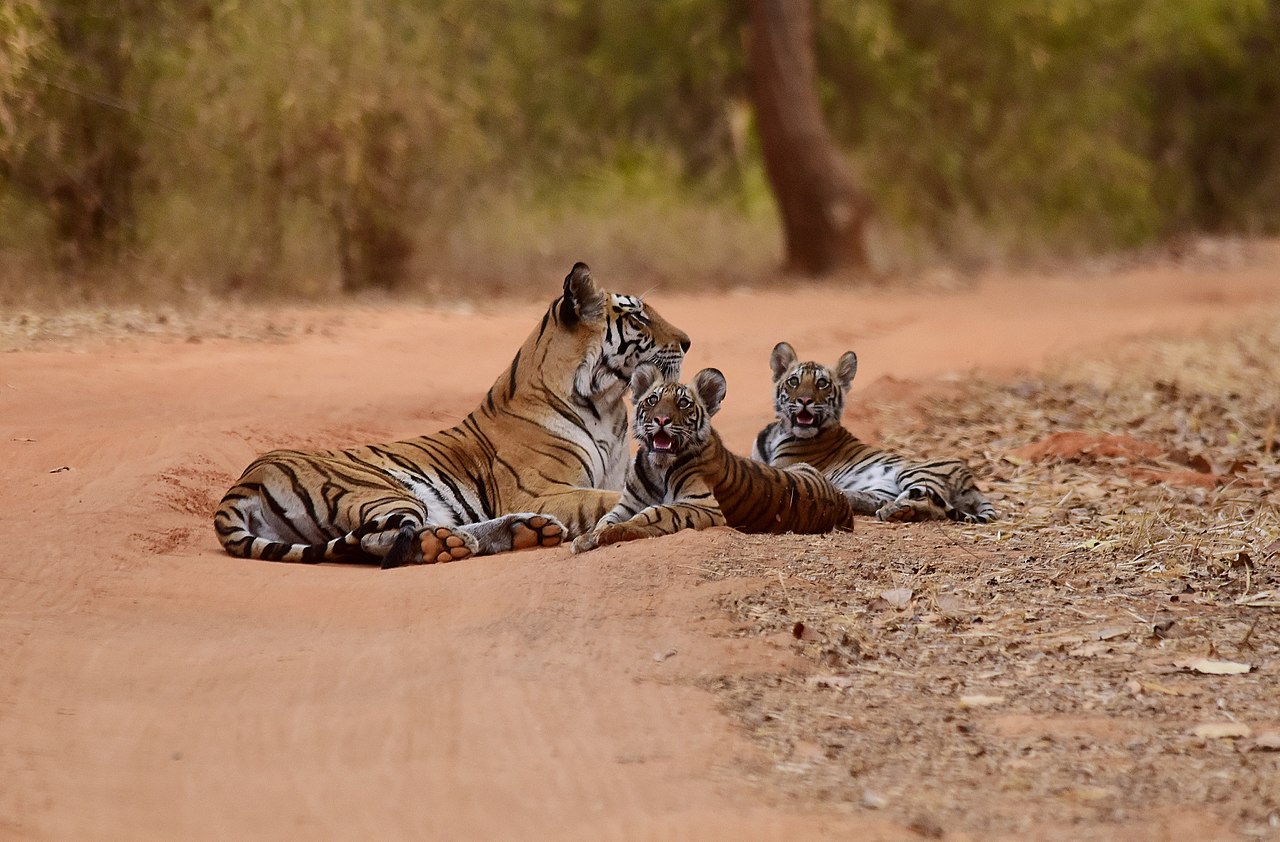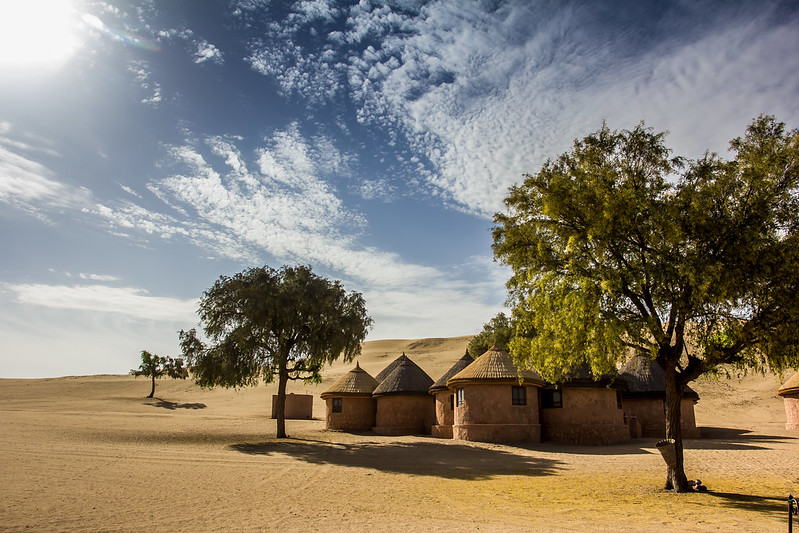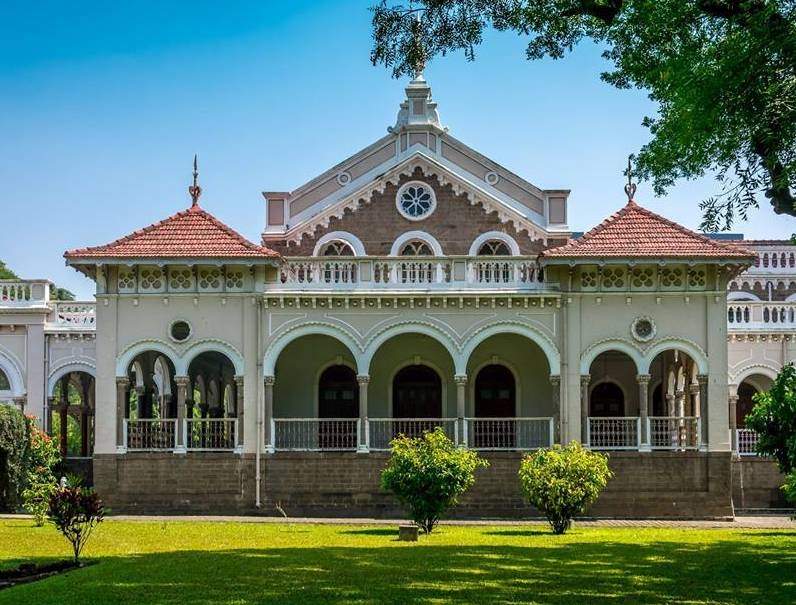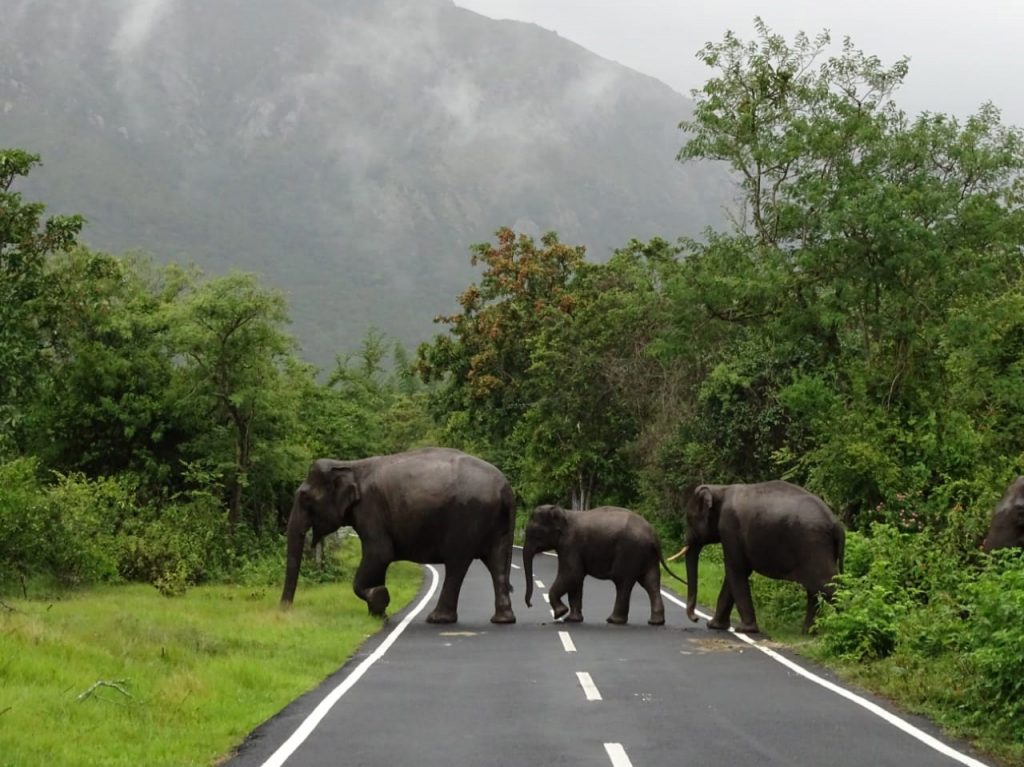One of the largest national parks in India, Bandhavgarh is a massive natural habitat for wild animals. Located in the Umaria district of Madhya Pradesh, the Bandhavgarh National Park spreads across an area of 105 sq. km., with an extension into the forests of Katni, thus covering a total area of 802 sq. km.
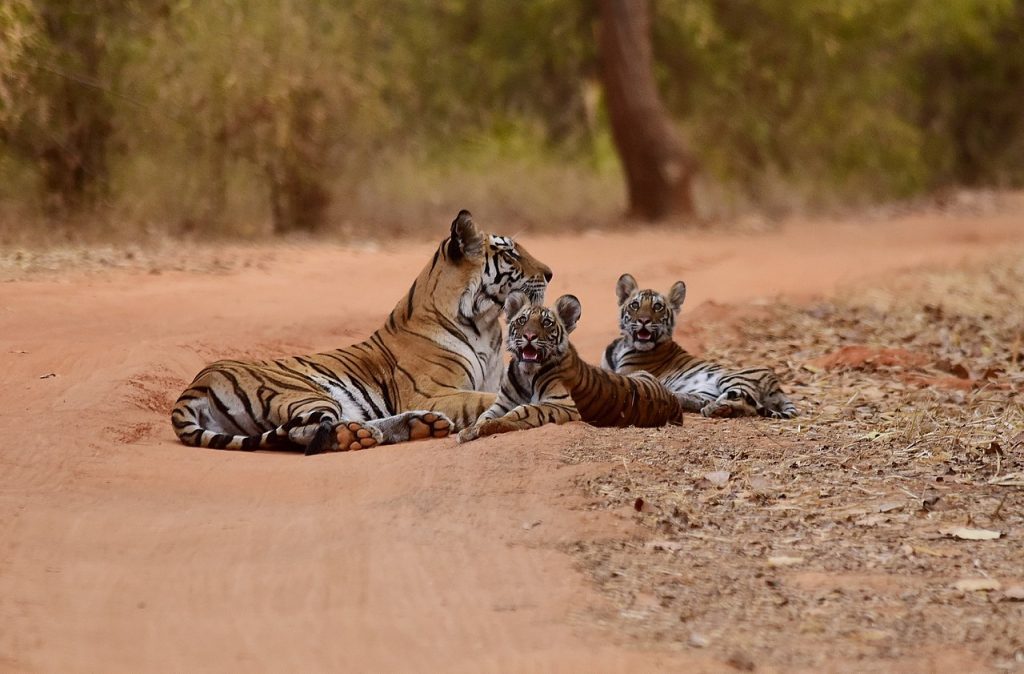
The park has quite a history associated with it. Prior to the independence of India, the entire forest area served as a hunting ground for the Maharajahs of the state and their guests. Even after it was declared a national park in 1968, no conservation policies were introduced. Eventually, after the Wildlife Protection Act was constituted in 1972, the Project Tiger was initiated which worked in favor of saving the diminishing species of tigers. If you’re keen on spotting tigers in the wild, book a taxi service in Allahabad.
Of wildlife and vegetation
This natural habitat is rich in biodiversity. With rippling streams cutting through the wide valleys are interspersed with grasslands and dense Sal forests, Bandhavgarh is a paradise for wilderness lovers. The thick forests of deciduous vegetation like Saja, Salai, Dhobin and bamboo flank the forest areas.
Bandhavgarh National Park has been a huge breeding ground for Indian leopards and various species of deer. Additionally, the park has a high density of Royal Bengal Tigers. There are about 50 tigers with famous names in the entire forest area, as of 2012. Featured in National Geographic, the tiger population of Bandhavgarh have become the highlight of this habitat.
Apart from the ferocious beasts, Bandhavgarh also houses more than 250 species of birds, about 80 species of butterflies and a huge number of reptiles- snakes, forest lizards, salamanders and more.
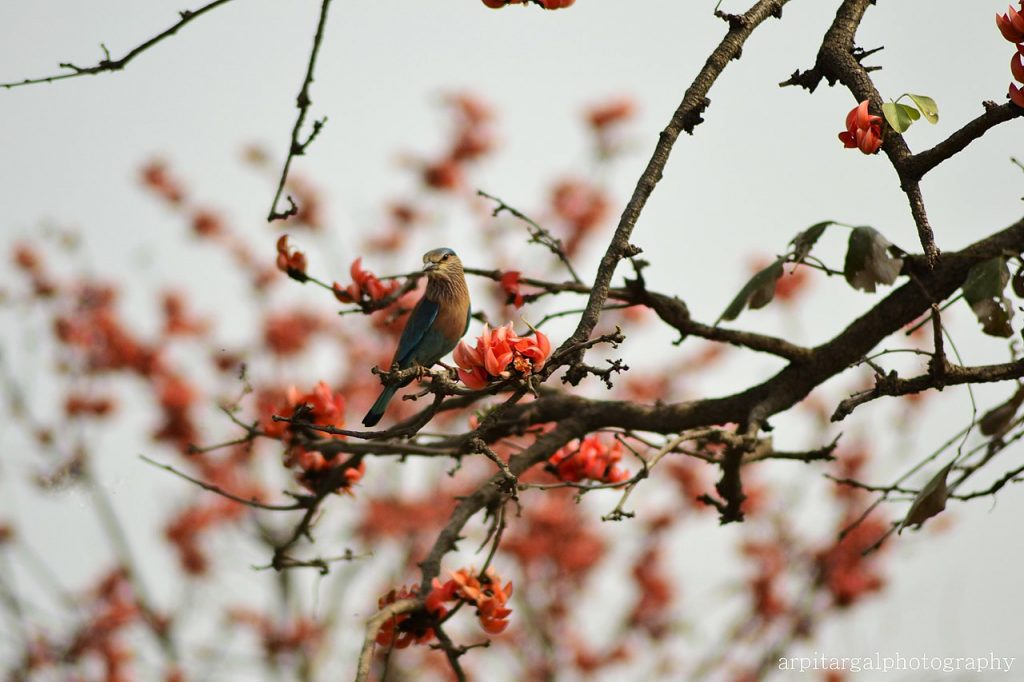
Explorers and bird watchers have recorded a total of 350 species of avifauna. Some of the notable ones are the Malabar pied hornbills, falcons, four kinds of vultures and more. In the monsoon, the grasslands and the water banks become the breeding grounds for Sarus cranes.
On any given day, you can do a guided jungle safari to explore the dense forests of Bandhavgarh. And unlike many national parks in India, this one offers easy sightings of Sambar and barking deer, spotted deer, Indian leopards, Nilgai (wild buffalos), Indian wolves, grey mongoose, sloth bear, striped hyena among others.
Fort of the forest
In the middle of the wilderness, on an 800-meter high cliff, sits the historic Bandhavgarh Fort. In fact, the national park derived its name from the fort itself. Though in ruins, the fort makes for a panoramic view of the surrounding forests and landscape. If you so dare and are keen on exploring this fort, you can do a short trek to see the remains of a dynasty that once ruled the region.
The fort also has a history of its own. It is said that this fortress and its surrounding premises served as a kingdom to three or four dynasties: the Mauryas, Vakatakas, Dengars, Kalachuris and finally the Baghels. Until, in 1935, when the inhabitants abandoned the fortress and the kingdom.
Reaching Bandhavgarh
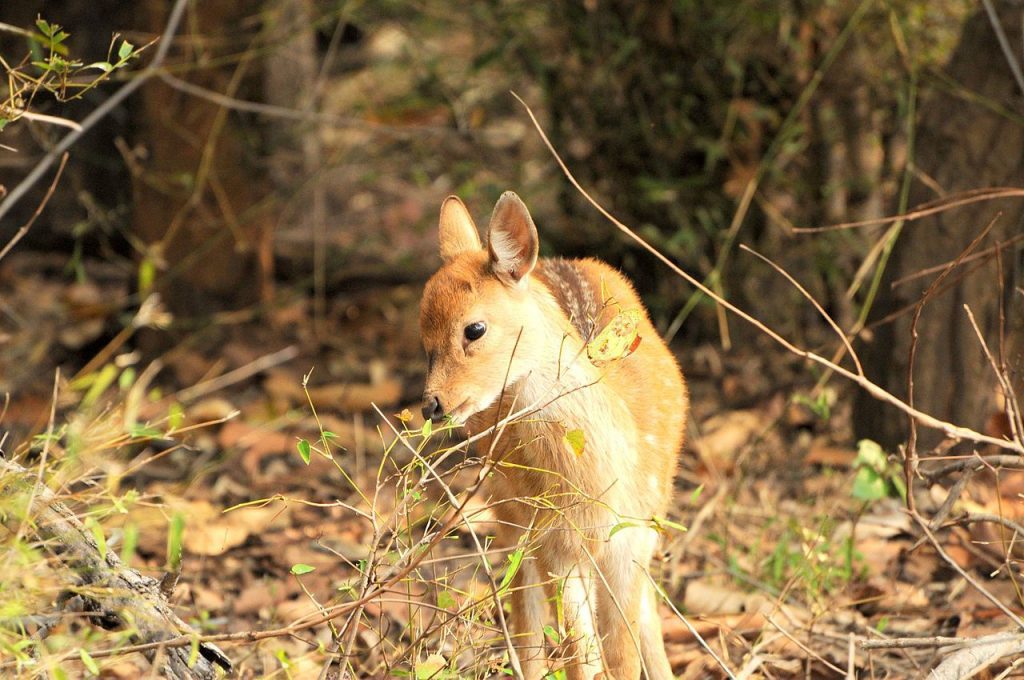
Jabalpur airport in Madhya Pradesh is the closest and major point of travel for Bandhavgarh National Park. You can opt for any of the daily running flights to Jabalpur city from any of the major tier 1 and tier 2 cities in India and then book a cab from Jabalpur to Bandhavgarh. Alternatively, you can opt for a train journey. The nearest railway stations from Bandhavgarh are Katni and Umaria. For touring around the fort and forests, most jungle resorts and hotels arrange for a jeep service.
The wild has a charm of its own and exploring the forests of a natural habitat of such magnanimity can be of a thrill of another level- something you might not know till you reach there.
Last Updated on January 5, 2022 by Ruchika Poddar
